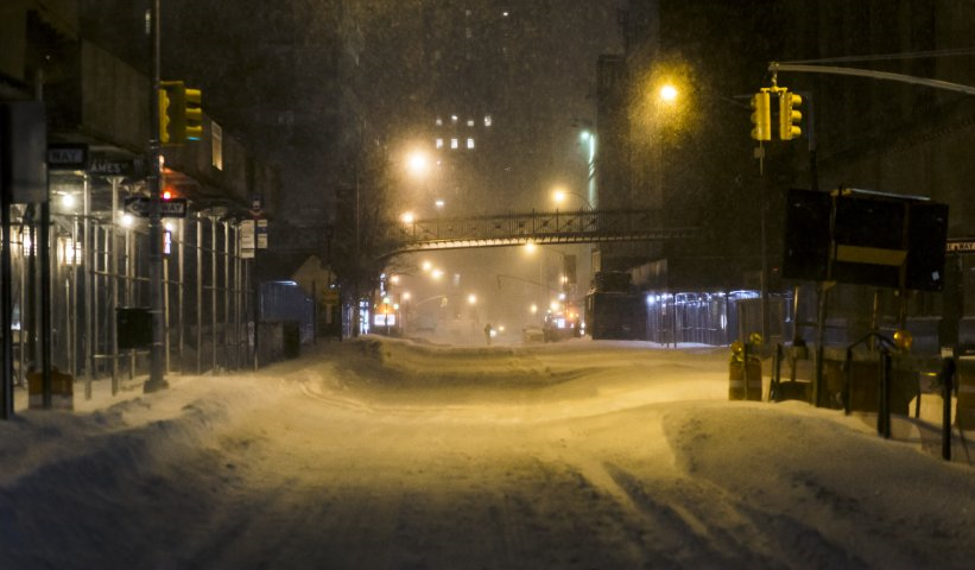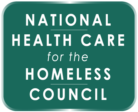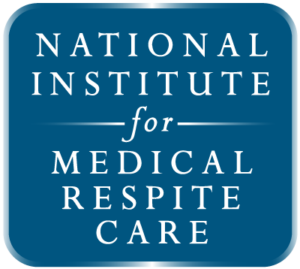More links related to these stories:


“Alan”
– As told by Michael Rustin
“Alan” was a New Yorker experiencing homelessness and a client of Harlem United’s Adult Day Health Care Center (ADHC). Struggling with long-term respiratory issues, he died of chronic obstructive pulmonary disease and pneumonia at 59. He is referred to by a pseudonym to protect his privacy.
Michael Rustin, Vice President of Adult Day Health Care and Substance Use Services at Harlem United in New York, NY—which provides housing, health care, education, and prevention services for HIV-positive adults—tells his story.
“He Dragged His Oxygen Tank Through the Snow”
I always remember this particular story. We have morning rounds where we identify clients that are in need of a little extra attention, that may have some changes or need modified care plans. And the subways weren’t working [due to] a massive snowstorm. The mayor closed the transportation system. But our center is open seven days a week—we’re never closed—and so staff were able to get in. And this gentleman, Alan, came in. He was on oxygen.
He dragged his oxygen tank through the snow to get to the program.
One of the staff looked at me and said, “Why is he here today?”
I said, “He’s here because you’re here, and you’re here to provide services, and the meals that he receives today will probably be the only meals that he’ll have. And if the weather continues in this vein, he might not be able to get here tomorrow.”
A Program Participant Struggling for Housing
Alan, when he expired, was 59 years old. He had been attending our Adult Day Health Care Center prior to his expiration—or transitioning as we refer to it—for about six plus years. He started with us in February 2013. The clients that we serve face several different challenges. 80 percent of our clients suffer from substance use challenges. They are either an active substance user, or they’re in recovery. About 75 percent have a behavioral health diagnosis, and all are HIV-positive. Alan attended our program five to six days a week. He was bipolar, and he suffered from COPD and pneumonia. He had been struggling with [respiratory issues] for quite some time and used supplemental oxygen tanks.
He was African American, about 5’7”, balding, and thin—probably about 145 to 150 pounds. A lot of our clients have difficulty with their teeth, and dental care was an issue for Alan. He was originally from the South. Opportunities to receive health care weren’t as robust, so Alan came to New York… He came for the health care.
He has three grown boys. One lived in New Jersey; the other two in the South—Alabama, I believe. But because of his substance usage, he was estranged from his family. He had minimal contact with them, which was a source of remorse for him. He was always interested in reestablishing contact with his family, but because of past issues they were not receptive to his overtures.
I don’t know too much about his past beyond that, unfortunately. He was a little resistant to divulging that. To my understanding [he became homeless because of] his mental health and his [crack cocaine] substance use—his life was unmanageable. Money management became an issue, and he wasn’t able to maintain housing. If he was able to get housing through supportive services… he would end up getting evicted because he wasn’t managing his budget.
It was episodic. We would place him, he’d get an apartment, he’d lose an apartment, and he’d end up homeless again. And back into the shelter system.
I just think we’ve seen when clients are not stably housed, obviously they don’t do as well… Housing is something that is just really, really, really important. Just having a safe, consistent environment allows those other areas of their lives to be addressed. And until that really happens, we are not going to be able to affect major change in the lives of the people [like Alan that] we serve.
In their own words: An advocate and a contradiction.
Talent Shows and Oxygen Tanks
But Alan was very community involved. He participated in our Community Advisory Board. He was a very vocal participant. If he felt that someone disrespected him, or if his needs were not being met, or if he wanted to make sure that clients received services, he was extremely vocal in letting us know about that.
I mentioned the story about him struggling to get to the program through the snow. He would smoke with his oxygen tank. He would take the cannula out of his nose so he could smoke and then put it in back in, so we would talk to him and try to really work with him around that.
And he participated in talent shows. One year he was the emcee of the talent show, and that was really an affirming experience for him. He put a lot of effort into it… he was extremely proud about that. Unfortunately, none of his family members could come, so that was a little difficult for him.
“He Never Left the Hospital”
Because Alan was unstably housed, living in [single room occupancy housing] or shelters, it was very challenging to get him to take his medications. There were a lot of challenges around keeping his adherence… which affected his mental health.
His provider was trying to get him to cut down and decrease his tobacco usage, his substance usage. He had been on oxygen, supplemental oxygen, for a really long time—he travelled with it. And eventually he was hospitalized. The first time he left the hospital against medical advice.
After a period of time, he came back.
He was in a shelter, and they found him. They sent him back to the hospital via ambulance, and he never left… it progressively became worse [until his death]. And he wasn’t really adherent to medical interventions. It speaks to his addiction, and how our clients struggle with addiction. And the resiliency of our clients.
This is somebody who was able to navigate New York City without use of public transportation with supplemental oxygen to get to a program where he knows he could stay all day, have two or three meals, and the support of a community.
Alan’s death resulted directly from respiratory issues exacerbated by his continued smoking, and it typifies the dangers of tobacco use in people without homes. approximately 3 in 4 people without homes use cigarettes—and its health consequences can be particularly harmful as their health is often already compromised by poor nutrition, hygiene, and health care access. Unsurprisingly, smoking-related deaths occur twice as often in people with unstable housing than stably housed individuals—a stark figure given that tobacco kills up to half of its users, regardless of housing.
Though many individuals without homes wish to quit smoking, it may be difficult to prioritize cessation—and it may even be seen as a loss of autonomy. As Travis Baggett notes, “homeless people may view smoking as one of the few life domains over which they have control.” Furthermore, for clients like Alan, it may represent one of the few sources of comfort they have in the face of an overwhelming struggle to find safety, food, and health care. As one recent study participant noted, “People are… at the bottom of their luck… What do you do? You drink, and you smoke…” Unsurprisingly, many patients like Alan smoke even despite developing illnesses such as chronic obstructive pulmonary disease.
Despite these challenges, smoking cessation in people without homes is possible. Indeed, it can even have a “snowball” effect—addiction programs incorporating smoking cessation experience higher success rates in helping patients break other addictions, too. Proper screenings and patient education are key, as are behavioral counseling interventions tailored to individuals. Even in clients like Alan struggling with advanced COPD, treatment can help to minimize the effects of lung damage and improve quality of life. Even if clients are reluctant to quit, providers should not give up, as the consequences of continuing use are quite evident.

